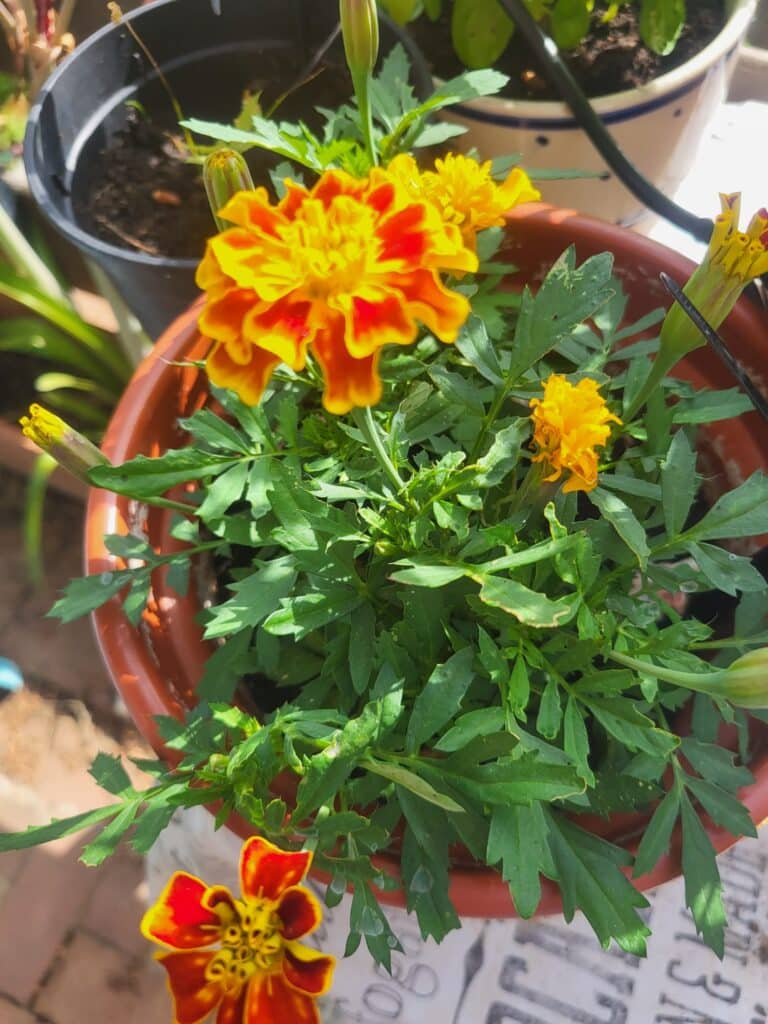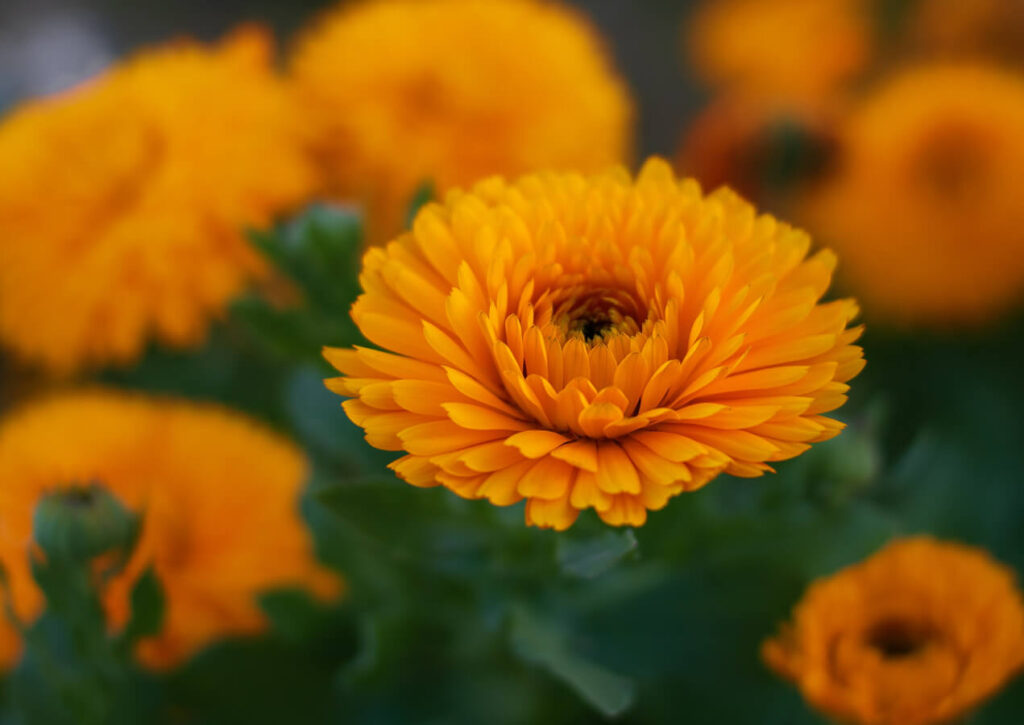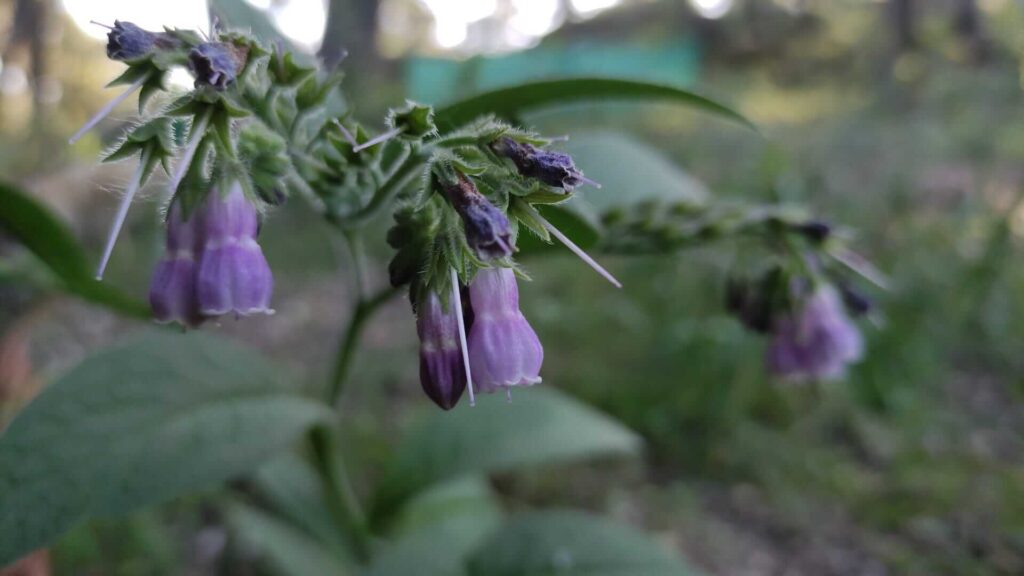Tagete, also known as Moor carnation, marigold or African marigold, is an annual plant native to Central and South America, highly appreciated for its vibrant flowers, its characteristic odor and its ability to repel pests in the garden. It is an ally in organic farming thanks to its allelopathic properties and its ease of cultivation.
If you want to know how to grow it successfully in your home or urban garden, stay and read on, because below we explain everything you need to know about this amazing plant.

Moderate and regular watering. Avoid waterlogging.

Direct sun. Minimum 6h per day.

Drip / Manual watering without wetting leaves.

Very easy to grow, ideal for beginners.

It does not tolerate frost.

Through seeds
Tagete Care
Soil Requirements
Tagete adapts well to different types of soil, but will grow most vigorously and healthily if grown in a light, well-drained substrate , rich in organic matter and with a neutral or slightly acidic pH (6.0 – 7.0). Avoid very compact soils or soils prone to waterlogging.
Soil Preparation
Before planting tagetes, it is advisable to enrich the soil with well-ripenedcompost or organic manure, as this improves its structure, nutrient retention and overall fertility. It is also essential to ensure that the soil has good drainage, as excess moisture can lead to fungal growth or root rot.
At the time of cultivating tagete:
- In direct soil: Stir the soil to a depth of 20 to 25 cm, removing stones, old roots and other plant debris. Then incorporate well-decomposed compost or manure. Finally, water lightly before planting or transplanting so that the substrate is moist but not saturated.
- In pot: Make sure the pot has drainage holes. Place a layer of gravel or expanded clay at the bottom to avoid waterlogging. Fill with a mixture of universal substrate and compost in a 70/30 ratio, and moisten slightly before sowing or transplanting.
Light Requirements
Tagete needs a lot of direct sunlight to bloom abundantly. Place it in a location with at least 6 hours of sun a day. It can tolerate some semi-shade, but its flowering will be poorer.
Irrigation
Tagete prefers slightly moist soils, but does not tolerate waterlogging. Water moderately and regularly, allowing the top layer of soil to dry out between waterings. In summer, it may require more frequent waterings, especially if potted or in full sun.
Irrigation Methods
Drip irrigation is ideal for tagete, as it allows maintaining constant humidity without excessively wetting the leaves or flowers, thus preventing fungal diseases. Manual watering with a sprinkler can also be used, applying water directly to the substrate, avoiding wetting the aerial part of the plant.
Care: Pests and Diseases
Although tagete is known for its natural resistance, it is important to be aware of both pests and diseases that can affect it under certain conditions. Here are some of them so you know what they are and how to avoid them:
Pest Protection
The most frequent pests that can appear on tagetes are aphids, thrips and snails or slugs.
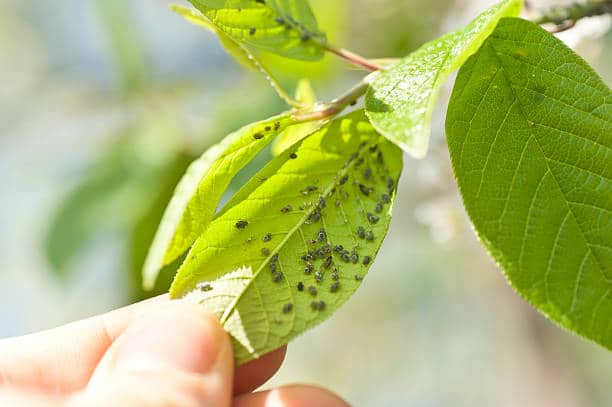
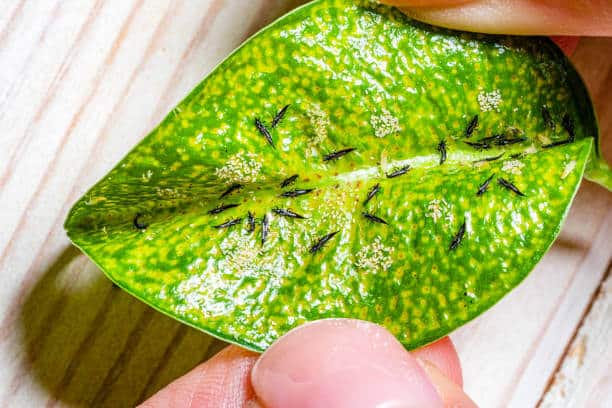
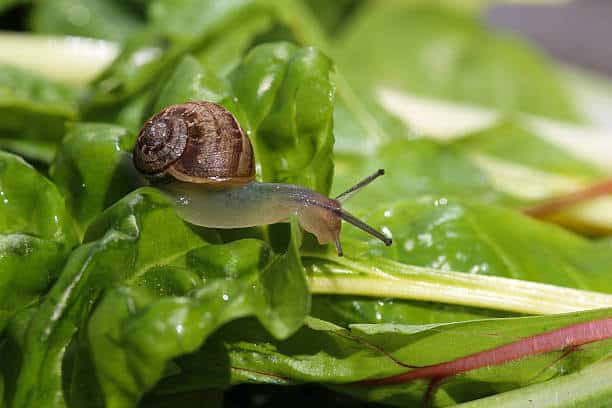
Aphids and thrips both feed on plant sap and tend to concentrate on tender shoots, causing general weakening. In addition, thrips cause visible damage in the form of small silvery spots on leaves and flowers. To get rid of them or keep them under control, we can encourage the presence of beneficial predators such as ladybugsor even lizards, which feed on these insects and help to maintain the balance in the ecosystem of our orchard.
As for slugs and snails, these appear especially in humid environments and can gnaw tender leaves; to prevent their presence, it is recommended to keep the soil free of plant debris and use physical barriers to prevent or hinder their movement. Although the most effective way will be to remove them by hand during the first hours of the morning or at dusk.
Protection against diseases
As far as diseases are concerned, tagete can be affected by fungal problems if grown in conditions of excess humidity or poor ventilation.
Powdery mildew is one of the most frequent diseases and manifests itself as a white powdery mildew on the leaves, while botrytis or gray mold appears as brown spots with mildew in especially humid conditions. Another important disease is root rot, which occurs when the substrate remains waterlogged for prolonged periods.
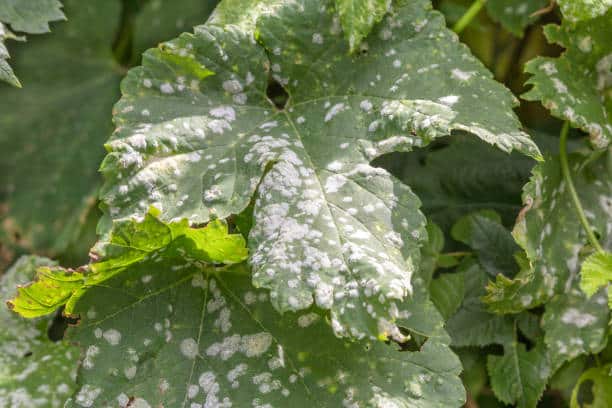
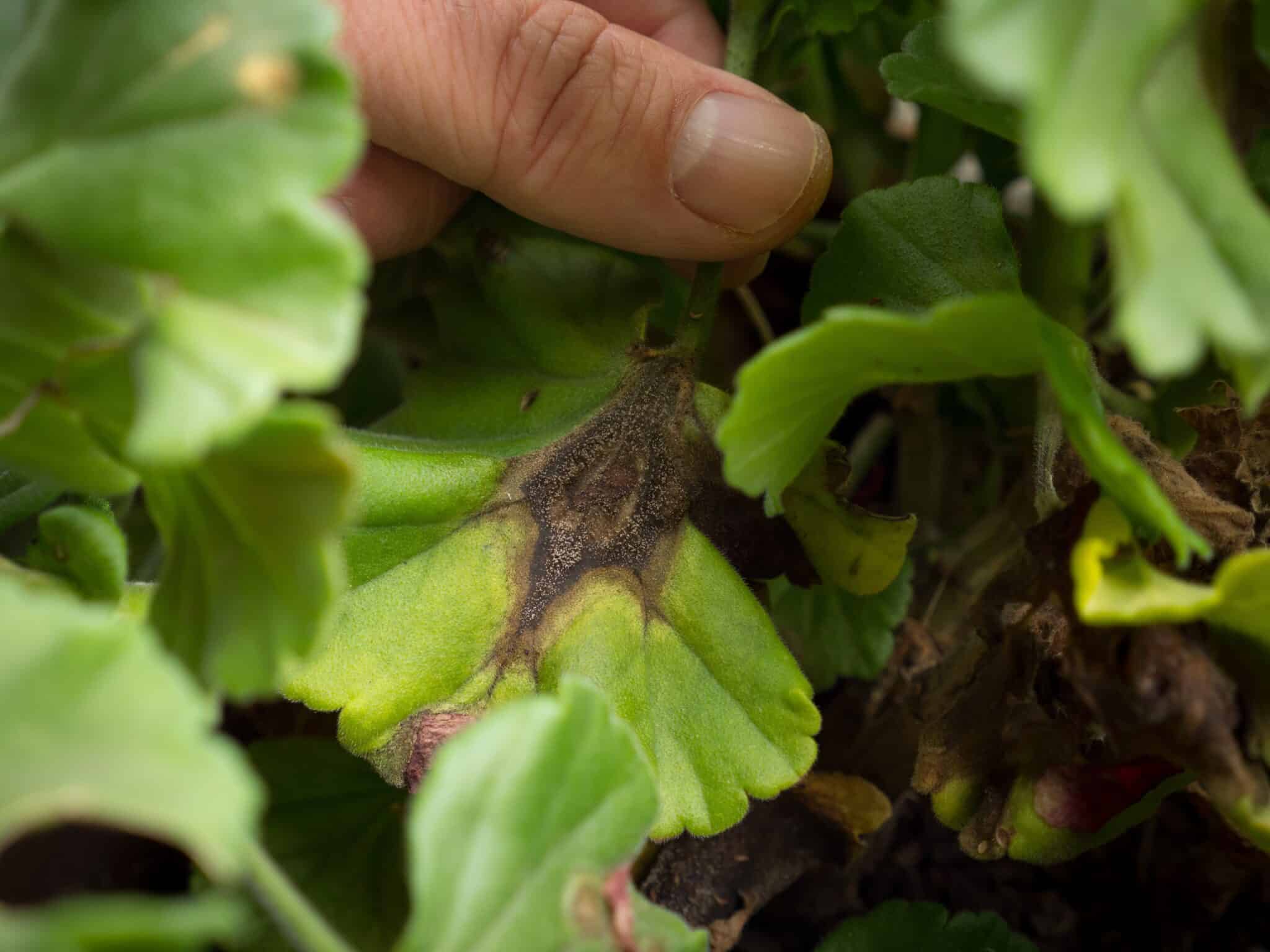
To prevent these diseases, it is essential to ensure that the soil drains well, to avoid wetting leaves when watering, and to respect an adequate distance between plants that favors air circulation. In addition, keeping the environment clean and free of plant debris also helps to reduce the incidence of these problems.
How to Reproduce the Tagete
Seed Reproduction
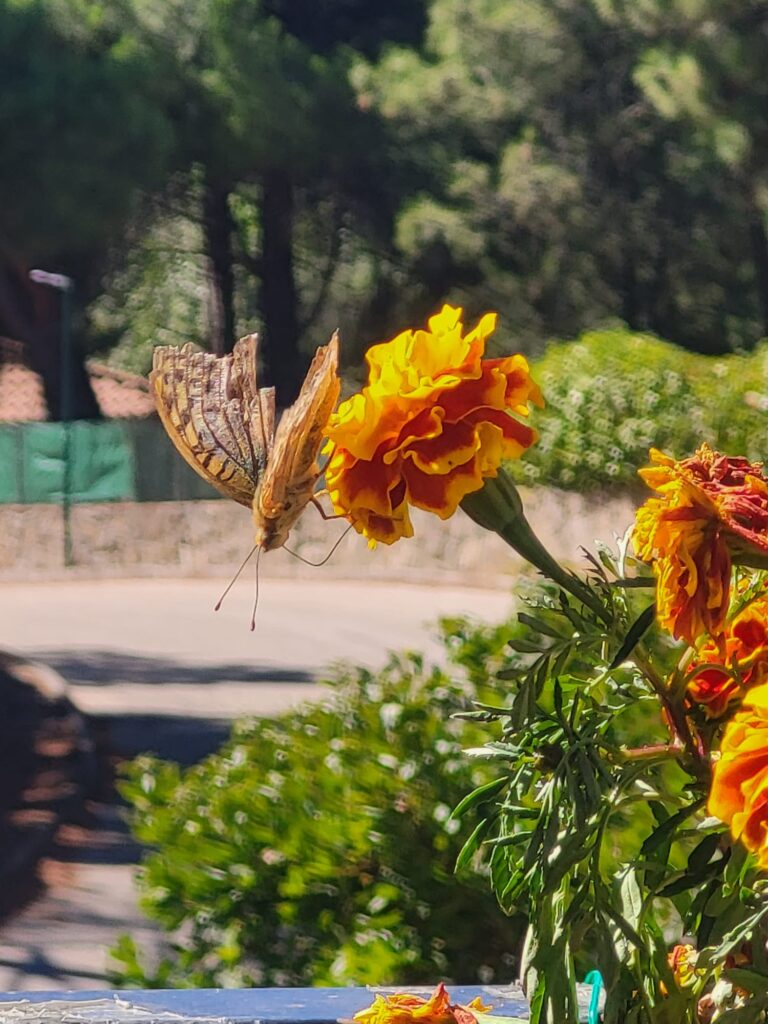
Tagete reproduces mainly through seeds, which makes it a very accessible plant for any amateur grower.
At the end of their flowering cycle, the dried flowers develop small flower heads containing a large number of elongated seeds, easily recognizable by their dark tip and lighter base. To collect them, simply cut the flowers once they are completely dry, carefully extract the seeds and leave them to dry for a few more days in an airy, dry place away from direct light.
Once dried, they should be stored in an airtight container, such as a paper envelope or glass jar, in a cool place.
Sowing
It is preferably done in spring, directly in the substrate or in seedbeds, ensuring constant humidity until germination. The ease with which the tagete reproduces makes it possible each season to take advantage of the seeds collected from the previous year, thus promoting sustainable and continuous cultivation.
Uses of Tagete
- Ornamental: its orange, yellow and reddish flowers decorate balconies, pots and gardens.
- Ecological: repels pests such as nematodes or white flies.
- Culinary: some varieties of tagete (such as Tagetes tenuifolia) are used in salads and pastries for their citrus flavor.
- Medicinal: in infusion, some species may have digestive and anti-inflammatory properties.
- Cultural: In Mexico, the cempasúchil (Tagetes erecta) is traditionally used for the Day of the Dead.
Associations
Tagete is one of the best allied plants in the garden because of its ability to repel pests, attract pollinators and improve soil health. This makes it an ideal companion for many vegetables.
Why is it beneficial?
Tagete roots release compounds (such as thiopenes) that act against soil nematodes, parasites that attack the roots of many vegetables. In addition, its intense aroma repels insects such as whiteflies, without affecting pollinators. Planting it between rows or around crops helps to keep the garden healthy and in ecological balance.
Now that you know all about tagete, here are some recommendations that we think you may find useful:
🌿 Tagete Seeds
A basic to attract pollinators, protect your crops and enjoy edible flowers.
👉 View on Amazon💧 Manual Watering Can
Ideal for localized irrigation and delicate areas of the orchard without damaging the substrate or seedlings.
👉 View on Amazon🟤 Expanded Clay
A basic to improve the substrate, helping to maintain adequate moisture and avoiding waterlogging.
👉 View on Amazon
